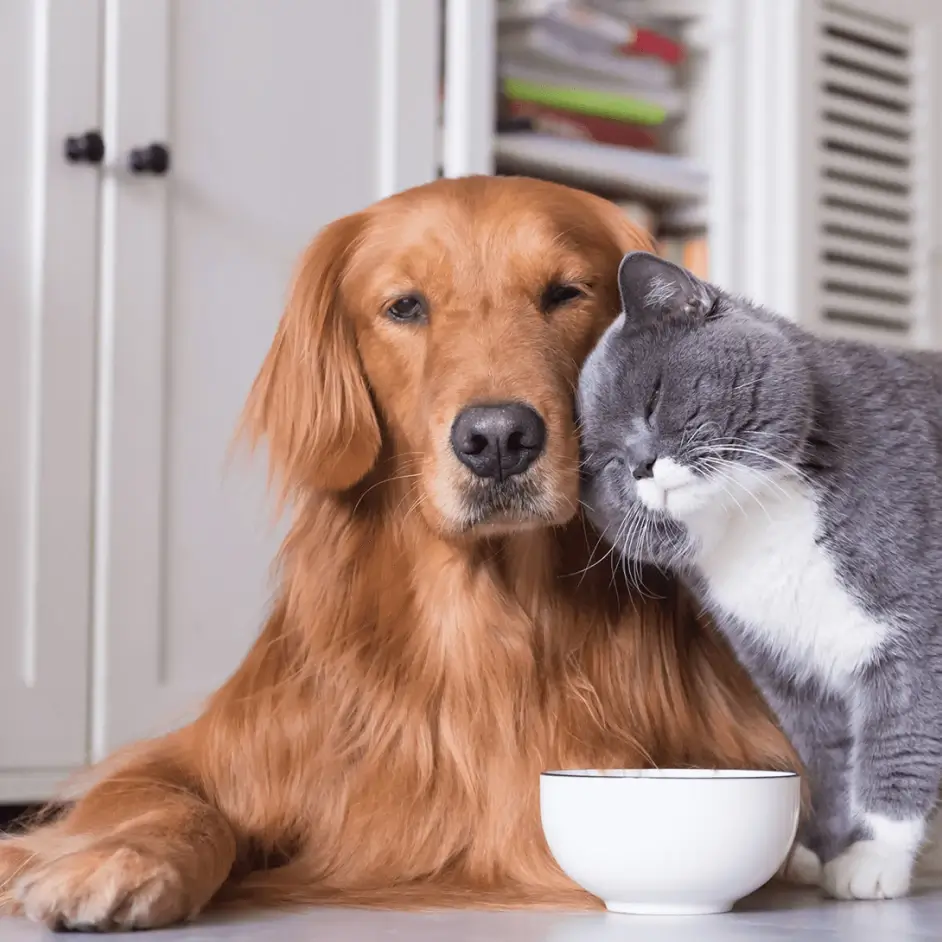




We do not compare all brands in the market, or all products offered by all brands. At times certain brands or products may not be available or offered to you. Learn more.
Top 5 things to know about pet insurance
It pays to compare pet insurance
Compare pet insurance quotes in minutes and start saving today.
Simple to use
Get started by answering a few quick questions to help us understand your pet insurance needs.
Compare & save
Save time and money by easily comparing pet insurance policies from a range of providers side-by-side.
Switching is easy
Follow a few easy steps online to switch to a new pet insurance deal that suits you and your budget.

Why compare with us?
Our smart comparison technology is trusted, free, safe and secure.

We believe the best decisions start with a comparison.
We’re proud to have helped millions of Aussies look for a better deal.
4.3 / 5

Based on 2,903 reviews
23 million comparisons and counting
4.5 / 5

Based on 1,884 reviews
Ratings as of 09/06/2025.






 The best pet insurance in Australia depends on your pet’s needs and your financial priorities. Pet insurance policies typically offer accident-only or accident and illness options, with some also offering routine care add-ons. When evaluating options, it’s essential to consider policy perks, limits, waiting periods and exclusions, as these can vary significantly. Look for policies that offer high annual benefit limits, flexible reimbursement rates and customisable excess options to ensure they align with your budget and your pet’s health requirements.
The best pet insurance in Australia depends on your pet’s needs and your financial priorities. Pet insurance policies typically offer accident-only or accident and illness options, with some also offering routine care add-ons. When evaluating options, it’s essential to consider policy perks, limits, waiting periods and exclusions, as these can vary significantly. Look for policies that offer high annual benefit limits, flexible reimbursement rates and customisable excess options to ensure they align with your budget and your pet’s health requirements. There are several factors that can influence the
There are several factors that can influence the 